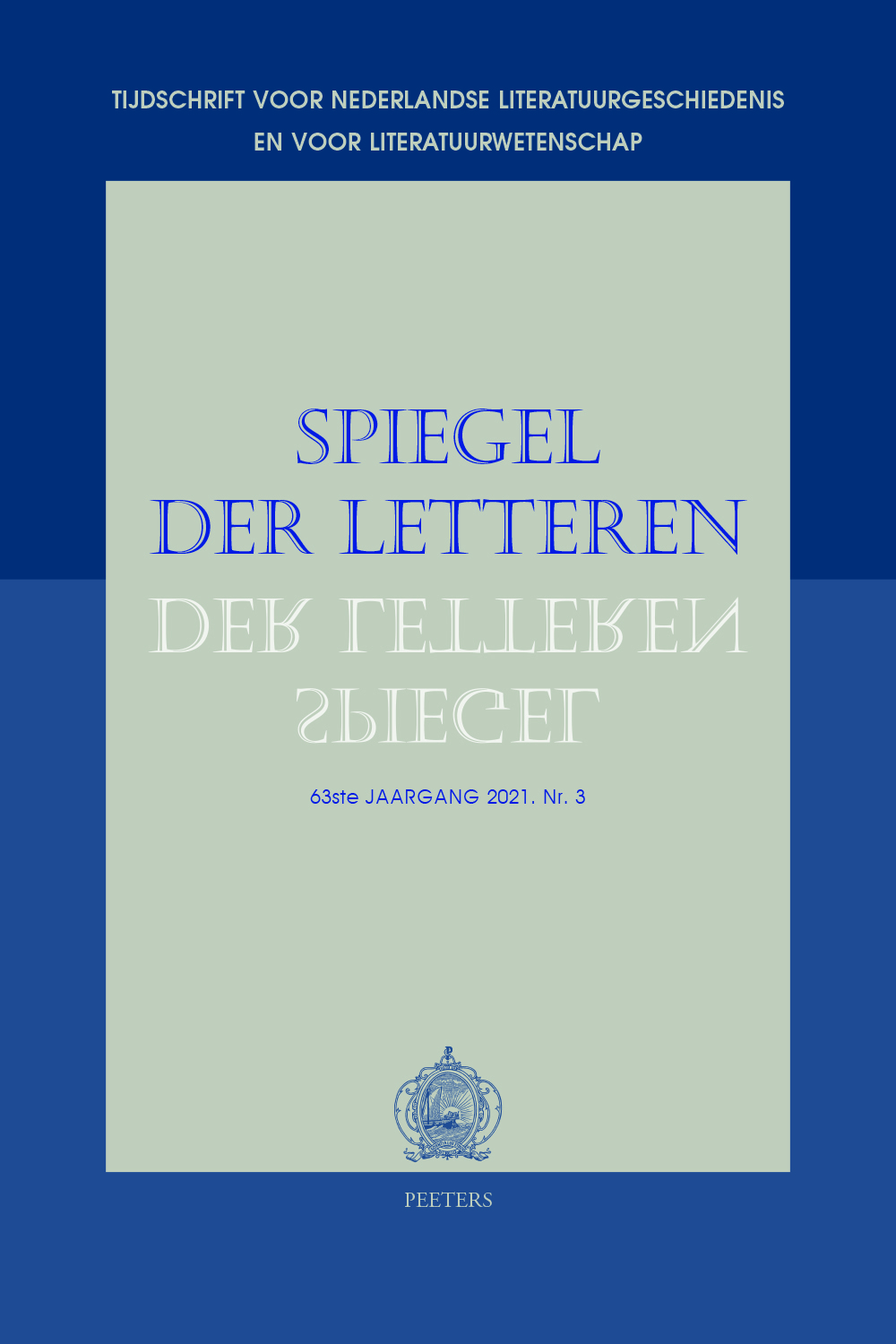 previous article in this issue previous article in this issue | next article in this issue  |

Preview first page |
Document Details : Title: Roma antica, sacra, moderna Subtitle: De zeventiende-eeuwse herconfiguratie van de stad in reis- en pelgrimsgidsen Author(s): DELBEKE, Maarten Journal: Spiegel der Letteren Volume: 48 Issue: 2 Date: 2006 Pages: 149-161 DOI: 10.2143/SDL.48.2.2019424 Abstract : An examination of the guidebooks in the early modern Cose meravigliose tradition offers a case study in the strategies used to construct a relation between the physical city and the two most important tropes the city represents, Roma antica and Roma moderna or sacra, in seventeenth-century guidebooks to Rome. The specificity of this construction as developed in the Cose meravigliose tradition is obvious when compared to another guidebook, Panciroli’s I tesori nascosti dell’alma città di Roma. Analysis of important changes in the structure of the guidebook, its choice of illustrations and ultimately its title during the period from 1588 to the early eighteenth century indicate fundamental transformations in this construction. These transformations play out most visibly in the representation of Roma moderna, the contemporary city. Originally a vehicle to visualize antiquity, by the late seventeenth century it becomes a legitimate object of the beholder’s interest in its own right. |
|


